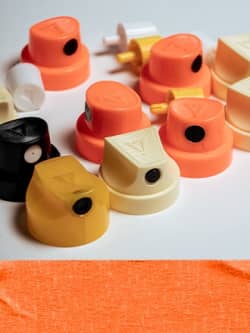The Cost of Fashion's Foray into Virality

When Alexander McQueen showcased their SS99 collection, the world was left stunned as model Shalom Harlow was attacked by spraying paint from a mechanism on stage, in an artistic, moving commentary on technological advances. This showcase, which is often regarded as one of the most memorable moments in fashion history, has been analysed and referred back to repeatedly throughout the years.
Performative displays such as this have been far and few between in the world of fashion. That is, until this year.
Since Coperni’s spray-on dress for their SS23 showcase at Paris Fashion week last September, a new era of fashion began: virality. Displaying fashion in new and interesting ways has become more important now than ever before. With such an overly saturated market, standing out as a brand has become increasingly difficult. From models emerging from the floor in Dior’s SS24 collection to Anrealage’s FW23 colour changing clothes the contest for the next big stunt continues.




While some brands have used these stunts to comment on certain issues in society, such as the Swedish fashion brand, AVAVAV, showcase at Milan Fashion Week where they had clothing on models fall apart as they walked the runway, as a commentary on fast fashion, most of the theatrical displays we’ve seen these past few months have been far from meaningful or inspiring. But these viral stunts are not limited to the runway. From the Jacquemus’ iconic bag buses to the MSCHF rubber Mario boots, fashion is chasing virality both on and off the runway. Marketing tactics such as these are definitely not new to the industry, but creating pieces for the sole purpose of “going viral” contributes to the already prevailing culture of overconsumption of fashion. Many people have bought these boots, and similar trendy pieces, only to wear them for a short TikTok and never wear them again. Then there are the replicas, knockoff items and pieces “influenced” by a viral trend, which proliferate in far greater volume than the cult pieces themselves. As we become increasingly more aware of the effects of the fashion industry on the environment, these ultra-trendy pieces feel insensitive and grossly misaligned to the direction in which the fashion industry needs to be heading.
Despite all this, and how endless these stunts appear to be, they have made more than just headlines – they’re taken over TikTok “for you” pages. In the era of social media, these stunts hold social (media) currency. Newer brands and household-named brands alike have managed to attract a lot of attention and, probably most important of all, become a topic that’s on everyone’s lips. For more established fashion houses, such as Prada or Dior, these stunts have given brands a sense of relevancy to younger audiences. And for smaller brands that are new to the market, these stunts have given them recognition.
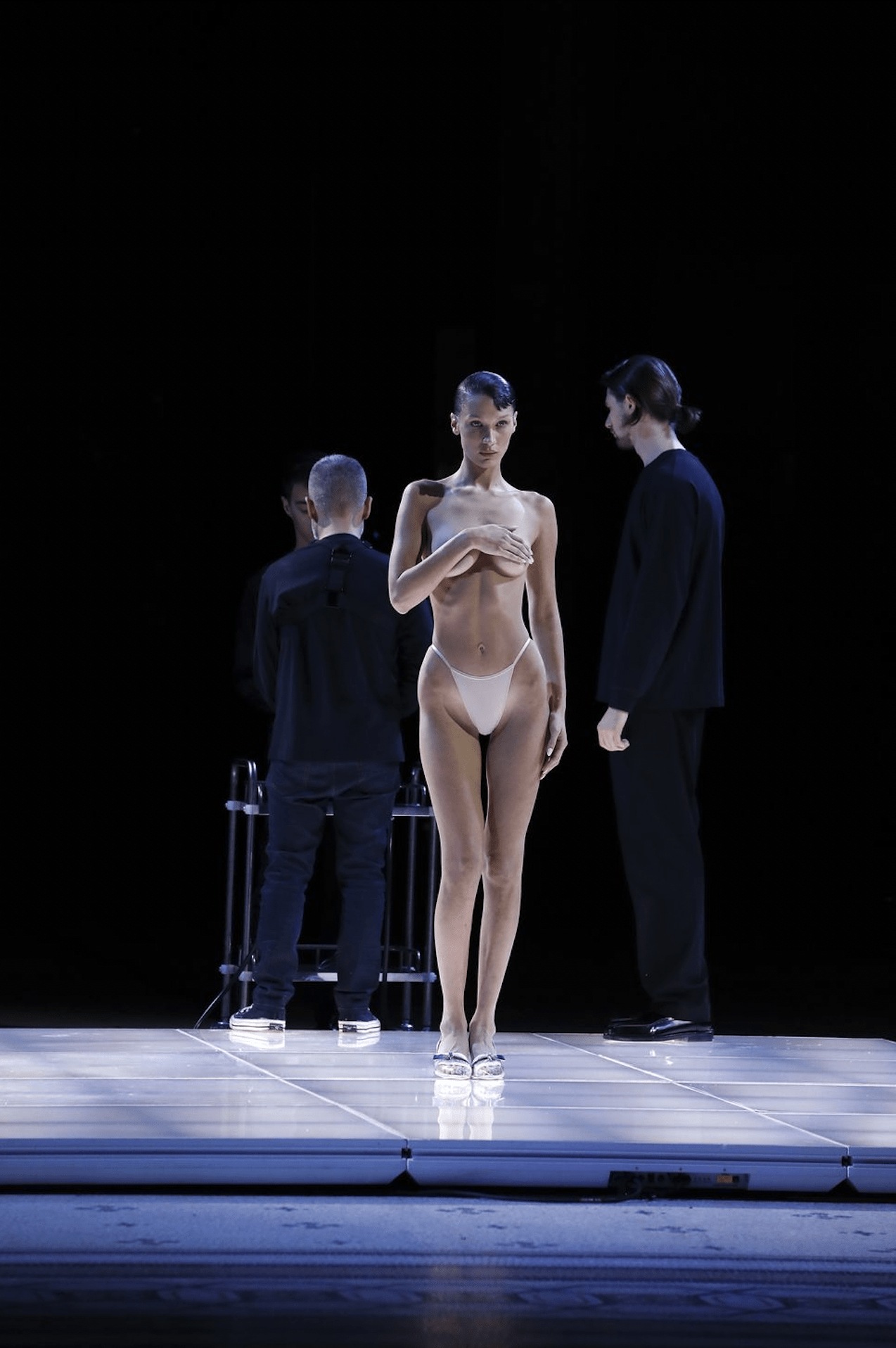
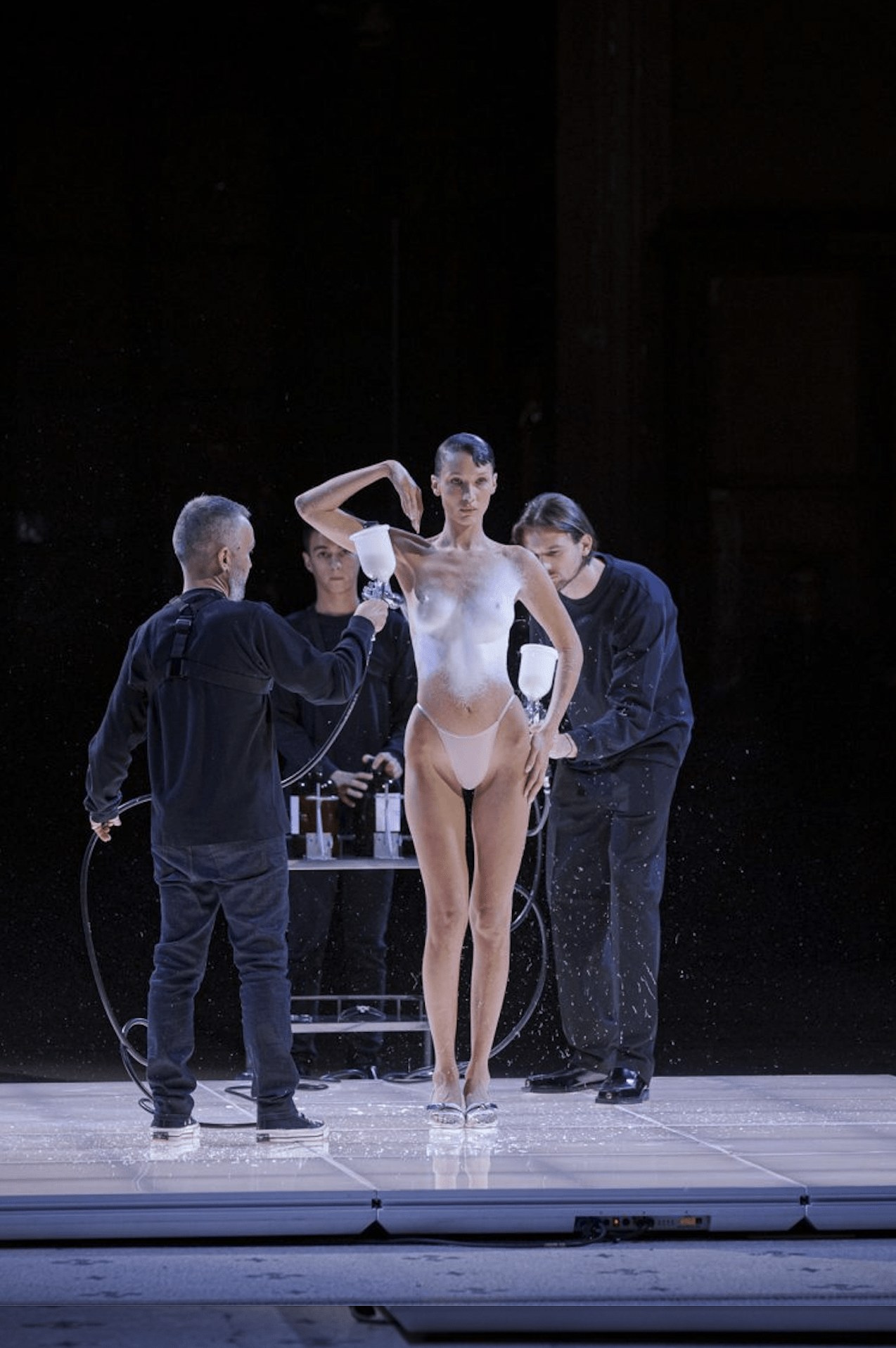


With so many of these stunts occurring back-to-back, and every brand trying to outshine the other, we’re left wondering when fashion became more of a performative display than an artform in itself.
Demna, Creative Director of Balenciaga, said it best: “Fashion has become a kind of entertainment, but often that part overshadows the essence of it, [...] the way clothes have the ability to change us.” Explained in his latest show notes, he ends by declaring that, “fashion can no longer be seen as an entertainment, but rather as an art of making clothes.”
The Alexander McQueen SS99 showcase is an example of theatrical fashion displays done well. The performance was more than a superficial, eclectic exhibition made to garner likes and reshares. It is a moment in fashion history that will forever be remembered.
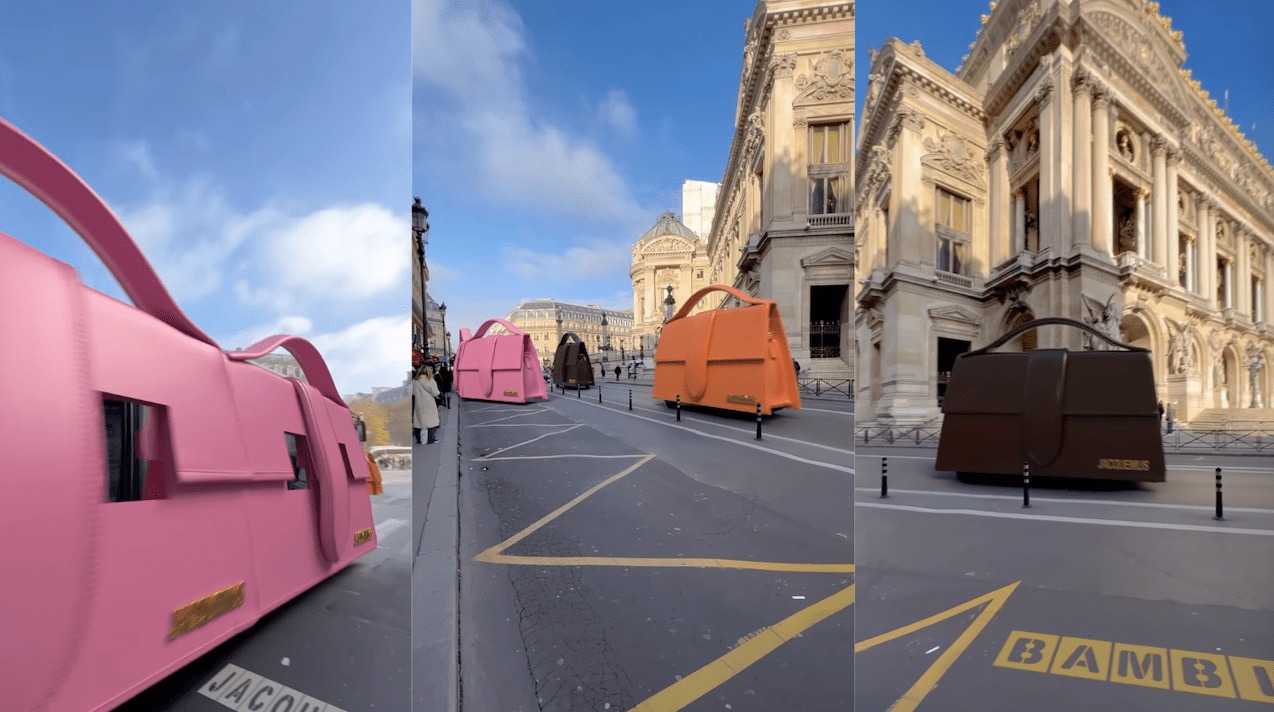
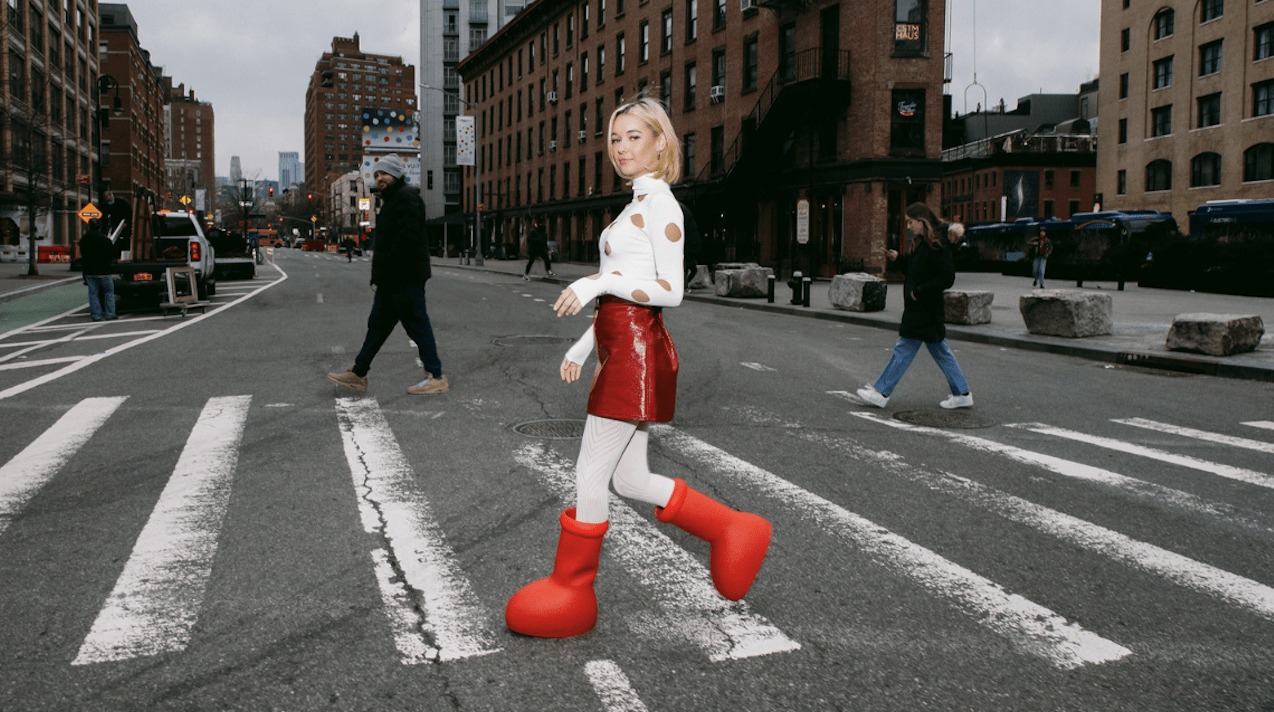


Whether the same can be said about the showcases we’ve seen this year, only time will tell. But the response to these viral stunts suggests that the commotion is fleeting – mere moments of awe before the work is lost in the sea of social media escapades.
Words by Nabeela Karim for Letterhead















